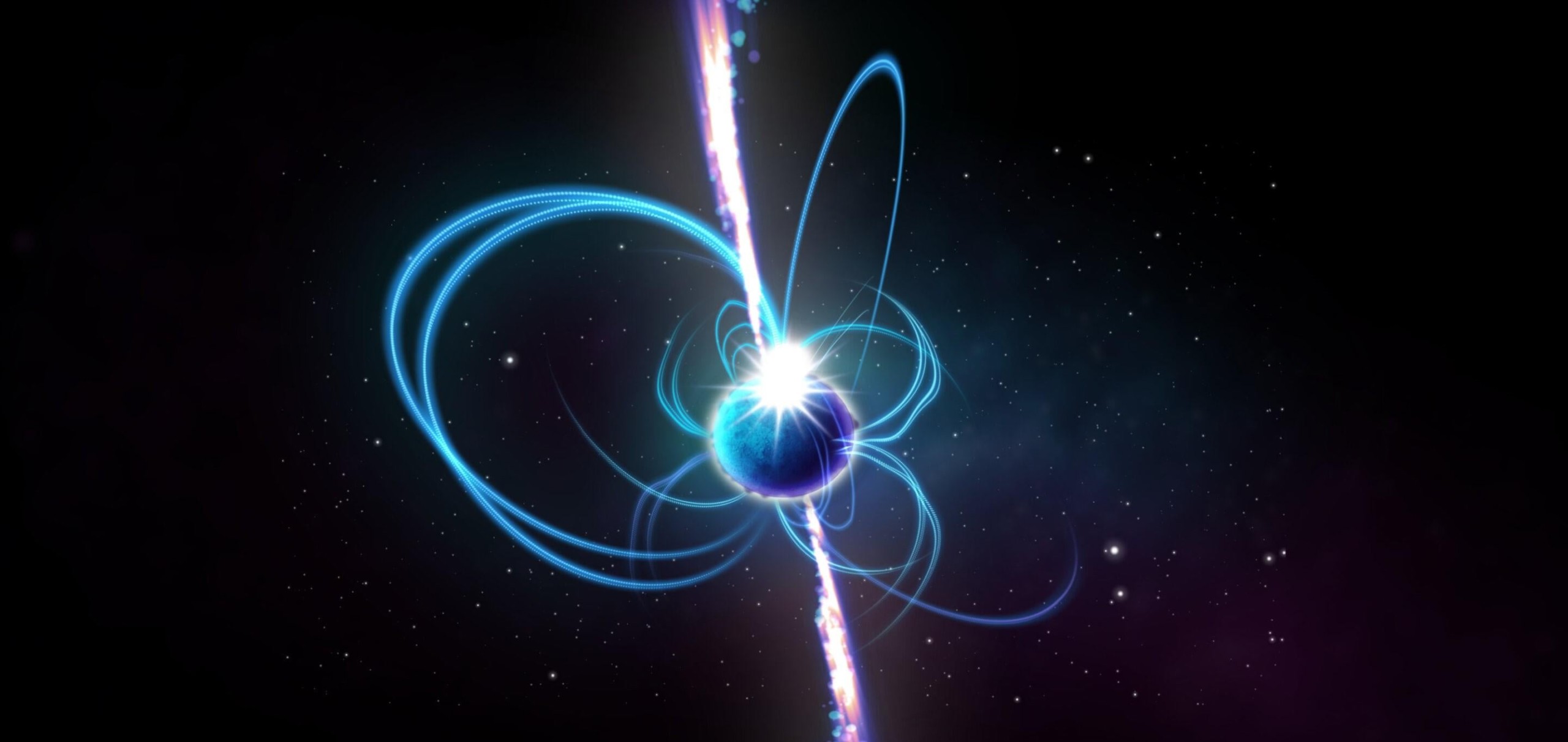Astrophysicist Discovers Mysterious Object in Space Releasing Giant Bursts of Energy

✖Whenever there is a mysterious new object in space, there are a handful of assumptions: it’s aliens, it’s a black hole, etc. There are also the inevitable “oh, man, here come the Green Lanterns” jokes that happen on social media. So it’s no surprise that people are buzzing over a new report that astrophysicist Natasha Hurley-Walker discovered a strange object in space, which behaved in a way nothing else that’s known behaves, and then abruptly disappeared. Apparently, this happened in late 2020 (it takes a while to get these things vetted and published, you know), but here’s the breakdown:Per the journal Nature, Hurley-Walker is an astronomer at Curtin University and the International Centre for Radio Astronomy Research in Australia. Apparently, she spotted a “spooky” object, which would discharge enormous amounts of energy at 20-minute intervals. After a few hours, it vanished.”It was kind of spooky for an astronomer because there’s nothing known in the sky that does that,” Hurley-Walker told Nature. That could be a bit misleading to the layman, though; radio transients (which is what it’s assumed this is) have been observed before, but they usually play out over either seconds, or days. This intermediary class is what’s new and strange.According to Yahoo! News, astronomers think it could be a magnetar, which is a special type of dead star with an ultra-strong magnetic field.{replyCount}commentsHurley-Walker said that the energy pulses “spanned a wide range of frequencies,” making it likely that they are of natural origin, rather than any kind of artificial signal. Before she went public with it, she had to verify the data she had initially recorded, which she did by searching the Murchison Widefield Array’s archives, which stretch back to 2013. There, she found that the object had been sending out a signal in the first part of 2018, emitting 71 flashes of radio signals from January to March of that year, before vanishing. As with the current iteration, the flashes came at regular intervals of about 18 minutes.
Read original article here.
Written by: Russ Burlingame

Facebook Comments